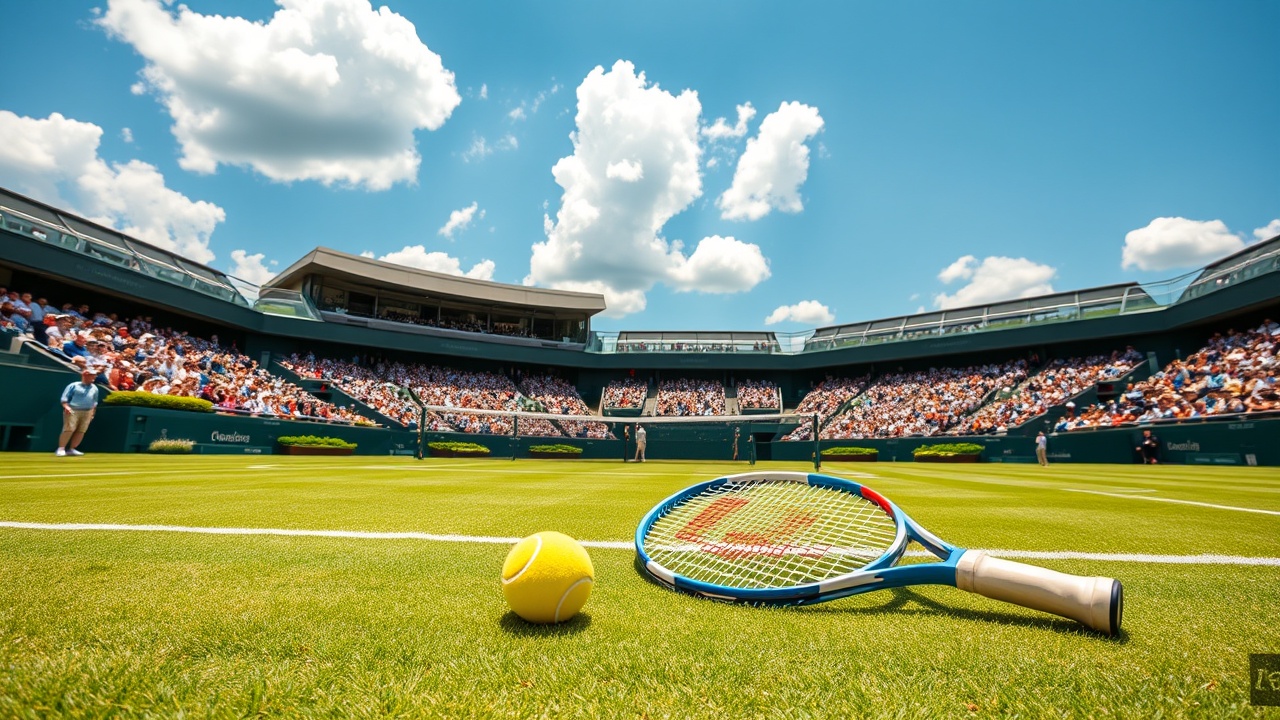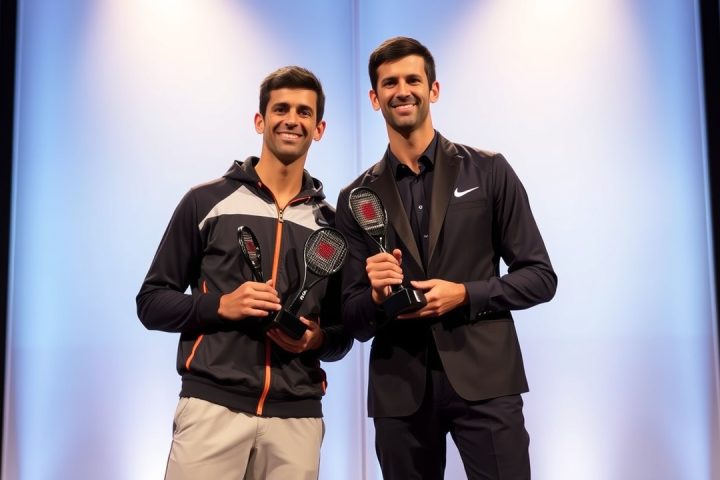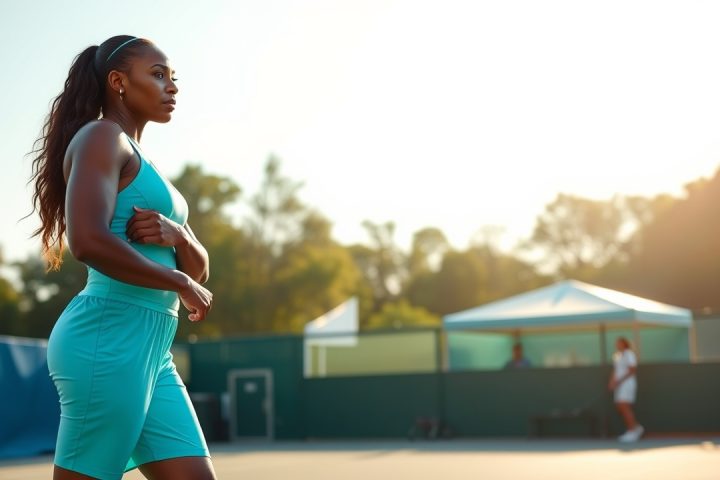Wimbledon 2025: Fan Inquiries and Insights
As the iconic Wimbledon 2025 tournament unfolds, BBC Sport has gathered various inquiries from tennis enthusiasts, addressing key topics from serving strategies to player safety under the sun, and of course, the perennial question of strawberries and cream.
Empty Seats and Spectator Experience
One common concern raised by fans is the noticeable empty seats at the prestigious competition. John from Bedford remarked on the visible vacancies during the opening round. Michelle Dine, who manages operations at Wimbledon, explained that the blistering heat was a factor, as many spectators sought shelter and hydration.
“People roamed the grounds looking for shade,”
she noted, emphasizing the importance of staying cool and hydrated during high temperatures. The strict movement rules at Wimbledon allow fans to change locations only during court changes, which can lead to missed action if they step away for refreshments. Some spectators may not even remain for the entire day due to travel schedules.
Match Structures and Traditions
Another tradition at Wimbledon that raises questions is the different match structures for men and women. Russell from Frome queried why the men play five-set matches while women compete in three. This practice dates back to 1877 when men’s matches were established under the longer format, with women’s matches adopting a shorter framework in 1884, reflecting outdated views on stamina.
Tennis Balls: Composition and Evolution
The composition of the tennis balls used in the matches is also a popular topic raised by Zac in Lancashire. Modern tennis balls have a hollow rubber core encased in a felt cover that comes from a blend of cotton, nylon, and wool. Historically, the first balls were crafted entirely from rubber, transitioning to covered varieties over time for enhanced durability.
Another curious fact is the evolution of tennis ball colors. Owen from Manchester highlighted that, traditionally, balls were white or even black until the late 1960s when Sir David Attenborough initiated a change to improve visibility on television screens. The fluorescent yellow balls we see today became standard at Wimbledon in 1986.
Player Preparation and Rankings
Additionally, players frequently inspect multiple tennis balls before serving. As explained by Robert from Brixton, players receive three balls, evaluating them for optimal performance. The examination is crucial as a ball’s condition can affect its speed and spin, which players take into consideration based on their upcoming serve.
For those curious about player rankings, Beth from Essex inquired about the seeding process at Wimbledon. The tournament features 32 seeds for both men’s and women’s singles, determined by players’ ATP and WTA rankings respectively. This process also accounts for any withdrawals due to injury, reshuffling the seeding order as necessary.
Curfews and Player Safety
As the curfew of 11 pm looms large over late matches, Craig from Wrexham sought to understand its significance. Introduced with the Centre Court roof project in 2009, the curfew balances the needs of local residents with the demands of hosting a global event in a residential neighborhood.
To protect against sun exposure, Becky in Cumbria asked about how players avoid sunburn. The use of sunblock is standard, with players often reapplying as sweat can wash away initial applications.
Technology and Tradition
Finally, Rainer from Oxford brought attention to automated line calls now in effect at Wimbledon, replacing traditional line judges. This transition has led to mixed reactions, with some fans noting difficulty in hearing the automated voices announcing faults.
Wimbledon’s Culinary Delights
For food enthusiasts, Sarah in Derby and Jack in Nottingham wanted to know about Wimbledon’s famous dessert. The event’s signature strawberries are served with British double cream, and vegan alternatives are also on offer.
This comprehensive exploration delves into some of the most pressing questions posed by fans, showcasing the unique elements that define Wimbledon—a tournament steeped in history and continually evolving to enhance the spectator and player experience.




